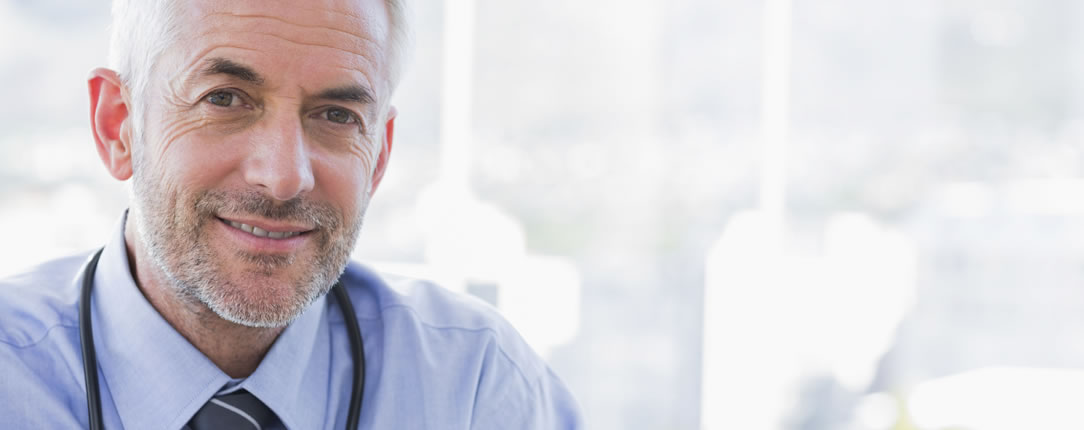What Are IC Treatments?
There is a common perception that there are few treatments for interstitial cystitis and bladder pain syndrome. This couldn’t be farther from the truth. From natural therapies to oral medications, bladder treatments to neuromodulation, there are many options available. The challenge is finding the treatment that works with your unique case of IC/BPS. Bladder therapies do NOT work for many patients. Why? Because their symptoms are often the result of a pelvic floor muscle, nerve dysfunction or other disorders of the pelvis.
AUA Guideline Treatment Protocol
In 2022, the American Urological Association revised their Guidelines for the Diagnosis and Treatment of IC that will help patients find the best treatments for their unique case of IC. AUA no longer considers IC a “bladder disease” but rather a “chronic pelvic pain syndrome,” Why? Because many patients have normal bladders and have outside of the bladder triggering their symptoms and pain, such as tight pelvic floor muscles and/or nerve dysfunction.
The 2022 new guidelines acknowledge that there are (at least) three distinct patient groups, each with their own treatment priorities. Yes, they aren’t using the five or nine subtypes more recently proposed but this is a good start for our national, yet quite conservative organization. These include:
- Bladder Centric – Patients who have Hunner’s lesions, pain as the bladder fills with urine or smaller bladder capacity. This can also include patients who have estrogen atrophy (genitourinary syndrome of menopause) and chemo cystitis.
- Pelvic Floor Centric – Patients with tight, sensitive pelvic floor muscles.
- Chronic Overlapping Pain Conditions – These patients have multiple pain conditions, including: IC, IBS, vulvodynia, fibromyalgia, TMJ and others.
The treatments are no longer listed in six, ordered steps to give doctors the flexibility to provide specific treatments more promptly. For example, they recommend that all patients with tight, sensitive pelvic floor muscles be immediately referred to a pelvic floor physical therapist. Similarly, if Hunner’s lesions are found, they too should be treated immediately rather than waiting several months.
Should you expect your doctor to know about these treatment guidelines? No. Many doctors are unaware of this national standard and/or may be treating IC out of old text books. Please bring a copy of these guidelines with you for your doctor!
Treatment Approach
- No single treatment works over time for the majority of patients. Treatment should be tailored to the specific symptoms (phenotype/ subtype) of each patient.
- Pain Management is an integral part of IC therapy and should be assessed at every appointment and treated with a variety of therapies.
- If a patient is not responding to multiple treatments, the diagnosis of IC/BPS should be reconsidered. If bladder therapies are not effective and/or a patient is getting worse rather than better, the AUA strongly recommends reconsidering the diagnosis. Was something missed? Is another condition present that could be producing pelvic and/or urinary symptoms, such as: endometriosis, fibroid tumors, pelvic congestion syndrome, tarlov cyst, pudendal neuralgia or coccyx injury?
AUA Strong Recommendations
Self Help & Natural Methods
- Natural & Self-Help Treatments
- Treating IC and Pelvic Pain with Acupuncture
- OTC Supplement & Neutraceutical Reviews
Oral Therapy Options
- Oral Medications
- Cyclosporine
- Elmiron® Eye Disease Information Center
- Elmiron® Inflammatory Bowel Disease
Bladder Instillation Options
Procedures
- Hydrodistention
- Hunner’s Ulcer Treatment
- Neuromodulation – Urgent PC, Interstim
- Botulinum Toxin
Major Surgery
Other Therapies
- Antispasmodics – Ditropan, Oxytrol
- Anesthetics – Pyridium, AZO Bladder Pain Relief, Uribel
- OAB Medications – Detrol, Myrbetriq
Discontinued Therapies
- Long Term Antibiotics
- Bacillus Calmette Guerin (BCG)
- Resiniferatoxin (RTX)
- High Pressure Hydrodistention
- Long Term Glucocorticoids
- Silver Nitrate, Chlorpactic, Argyrol
OTC Neutraceuticals & Supplements
In Step One of the AUA Guidelines, the use of OTC neutraceuticals is encouraged. Though they do not recommend brand names, several supplements are routinely suggested by practicing clinicians. The key ingredients to look for are chondroitin, which is believed to have a bladder coating effect, combined with quercetin for its antihistaminic effect. (Read the ICN Supplement Guide here!) There are several supplements now available, including:
- Prelief® – reduces the acid level of food
- BLADDER BUILDER®
- Bladder Rest®
- CystoProtek®
- CystoMend®
- CystoRenew
- AloePath®
Suggested Reading
-
Clemens JQ, Erickson DR, Varela NP et al: Diagnosis and treatment of interstitial cystitis/bladder pain syndrome. J Urol 2022. Read them here!
References for Professionals
- USA – AUA Guidelines – Provides an extensive review of the literature and related studies of the six step treatment plan discussed above.
- International – International Society for the Study of BPS (ESSIC) – Treatment guidelines and suggestions offered by an international organization of IC researchers and clinicians.
- Japan – Clinical guidelines for IC and hypersensitive bladder syndrome
- Bladder Pain Syndrome: A Guide for Clinicians (2012) – For Clinicians & Researchers
Author: Jill H. Osborne MA
Revised: July 6, 2022 – JHO

